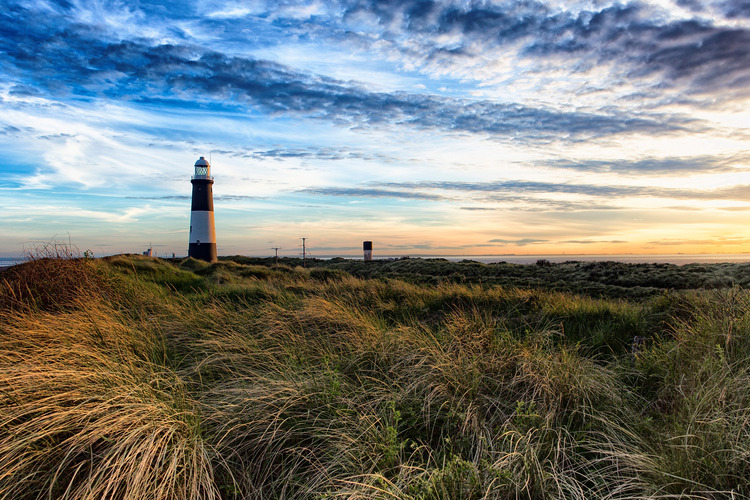
Rory Walsh visits Spurn Point – a strange hook of land reaching out into the Humber Estuary
Walk • Coastal • Yorkshire and the Humber • Web Guide
On maps or from the air, some of Britain’s coastal features are unmistakable. Among them is Spurn. This narrow spit of land sprouts from the north bank of the Humber Estuary.
Spurn’s curving shape has been compared to a bent knitting needle, a melted spoon and a giant tadpole wriggling out to sea. Views from the ground are equally dramatic.
Enjoying this article? Check out more of ‘Discovering Britain’:
From the mainland at Kilnsea, Spurn sweeps towards the horizon like a beckoning finger. During a family holiday in the 1990s, we drove along the road onto Spurn itself before parking near the egg-shaped tip, known as Spurn Head or Spurn Point.
Vague childhood memories include a constant ruffling breeze, plus feeling like being on a strange pier, flanked by vast expanses of water. More than five kilometres long, parts of Spurn are less than 50 metres wide.

Spurn Point still attracts visitors today, notably many species of migrating bird. People, however, can only reach it on foot – and only at low tide. In December 2013 a storm surge breached the spit. Swathes of land, including the road, were swept away. Ever since, a stretch submerges at high tide and Spurn Point becomes an island. Yet this has always been a dynamic, evolving landscape.
Spurn was formed by longshore drift. The cliffs along the Holderness coast mainly comprise soft, easily eroded clays. Sand, gravel and sediment are swept southwards along the Holderness coastline.
At the Humber Estuary, prevailing winds and North Sea currents combine to sweep the material into a curved embankment. This continual process of deposition and erosion means Spurn’s size and shape change constantly.
Evidence exists in the remains of outmoded human activities. Besides the ruined road, there are abandoned groynes and two decommissioned lighthouses.

Go to the Discovering Britain website to find more hikes, short walks, or viewing points. Every landscape has a story to tell!




